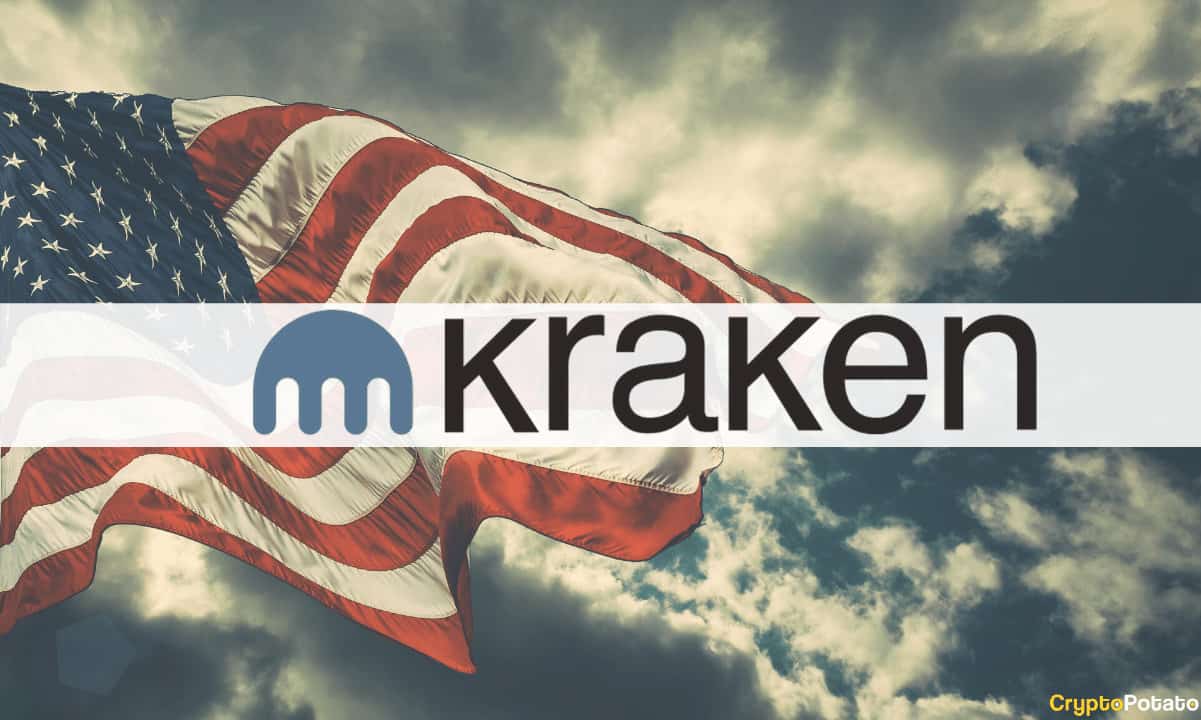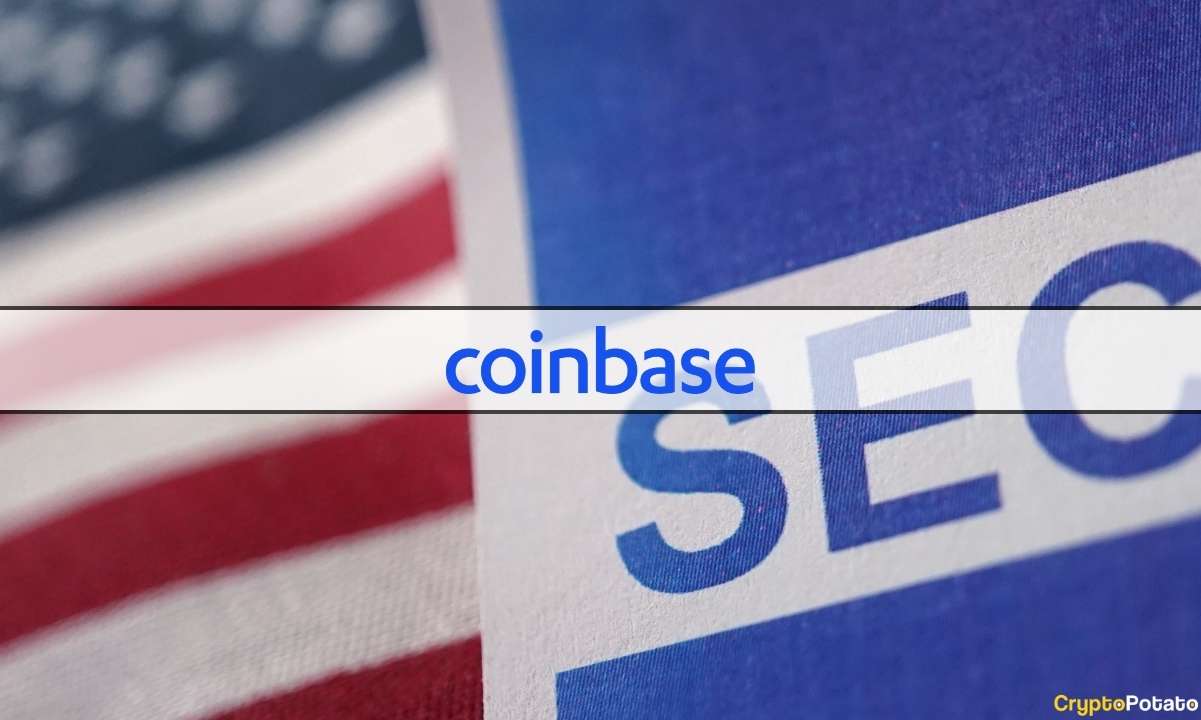The Dash Core Group’s CEO Says Bitcoin Fails at Mass Adoption. Is He Right?
In a recent blog post, the CEO of Dash’s Core team, Ryan Taylor, took aim at Bitcoin, arguing that it had failed all “three requirements” for it to be used as a mass payment system. Despite outlining some of its unique properties, the CEO voiced strong criticism of Bitcoin’s use as a payment system, as well as its prospects of eventually reaching mass adoption.
What Are the Core Requirements For a New Payment Method to Succeed?
Taylor argued that there are certain core attributes that a new payment method needs in order to become a successful alternative to existing ones.
In order to gain mass adoption, a new payment method, on the consumer side, needs to have certain attributes; it needs to be faster and cheaper than the alternative for that particular use case, it needs to be easier to use, and it needs to provide switching incentives.
So with this being said, let’s walk through each one of these attributes and see whether Bitcoin really is failing.
1. It Needs to be Faster and Cheaper
Right off the bat, Taylor argues that the Bitcoin network is not faster than a “credit card or any other payment method.”
It’s not faster … than, say, a credit card or any other payment method, it takes a good 10 minutes to an hour to confirm a transaction. That’s good enough for online if you’re placing an order to be delivered as opposed to a service like you want to download something,, but it doesn’t serve very many use cases very well.
The statement is clearly contradictory. Taylor actually refutes his argument on his own, saying that the transaction time is good enough for online “if you’re placing an order to be delivered.” In other words, Bitcoin is good enough for e-commerce transactions. According to Statista, global revenue in the e-commerce market amounts to $2 trillion in 2019 and is forecasted to grow to $2.8 trillion by 2023. One would argue that this represents plenty of use cases for Bitcoin.
Going further, it’s true that transactions on the main network are confirmed in 10 minutes to an hour depending on the fees one chooses to pay. But it seems rather convenient to intentionally skip talking about the work that has been done in this regard in a few short years. Namely, Bitcoin’s second-layer scaling solution: the Lightning Network. It’s proven effective at processing a tremendous amount of transactions in milliseconds to seconds.
The Lightning Network even enables people to pay their restaurant tabs using Paytomat’s network.
Taylor also said that Bitcoin is not cheaper to use than the above payment methods.
Credit cards are free to the consumer, and other payment methods are usually free. About the only one that it undercuts is an international wire transfer or domestic wire transfer.
So let’s assume that credit card payments are free for the consumer, even though that’s widely dependent on other factors. There is more than one side to the transaction, isn’t there? Someone has to receive that payment, and that’s usually the merchant. And here’s where it gets interesting, because it’s definitely not cheap, let alone free.
Back in February Reuters reported that MasterCard was planning to increase its interchange fees incurred by merchants starting in April. Now, looking at MasterCard’s official interchange rate table, we can see that there’s a revolting amount of fees applicable in various scenarios, but all of them are between 1% and 3% of the transaction cost, and all of them include an additional fixed fee. All of this is paid by the merchant. Not exactly free, is it?
Moreover, when looking at things from the payer’s side, it’s also not a given that transactions are free. If you’re paying for something denominated in another currency, you would likely incur a conversion fee, which varies but could also easily start stacking up.
Bitcoin’s fees, on the other hand, are flat. They fluctuate, but they are flat – and more importantly, they are publicly verifiable on the blockchain. That’s why we’ve seen countless occasions on which people transferred millions of dollars worth of BTC on-chain with insignificant fees.
2. It Needs to be More User-Friendly
Taylor also argued that sending Bitcoin transactions is challenging and that there’s a learning curve.
On the ease of use, if you’ve ever tried using it, no one can figure it out without some training. It’s not intuitive, there are long cryptographic addresses that you’re exposed to, what happens if there’s a typo? There are uncertainties there. It’s scary for a lot of people. You certainly can’t expect your mom to sit down and be able to use it.
The argument that older people will have challenges using Bitcoin is baffling to begin with. Older people have a hard time using smartphones, yet we don’t walk around with our Nokia 3310s anymore, do we?
Moreover, there are plenty of third-party wallet providers which make it absolutely effortless to send Bitcoin. Literally, the only thing users need to do is copy the “long cryptographic address”, paste it as a destination address and click “send.” It’s literally a two-step process. One could even argue that sending out a bank transfer through an online app is a lot more challenging, as you’d also be required to input names of the receiver, reasons for the transfer, bank account, address, and so forth.
3. It Needs a Switching Incentive
Taylor also alluded to a lack of “switching incentives”. Supposedly, there’s no reason for someone to prefer using Bitcoin over any other payment method.
On switching incentives, there’s actually disincentives to using Bitcoin. With no other payment method is the transaction fee on the sender. With Bitcoin, I as the sender am responsible for the transaction fee, whereas credit cards are going to give me 2% cash-back, PayPal gave me a signup bonus, all of the successful payment methods provide incentives for the consumer to switch. By the way, I also incur fees acquiring the Bitcoin in the first place. And so I just looked at it and said, “This just isn’t going to reach mass adoption, not in its current form.
It’s true that a lot of the credit card providers offer cash back, and that’s undoubtedly an awesome incentive as you earn money as you spend it. But that’s just about it.
Mentioning PayPal’s signup bonus sounds like nothing but squeezing an argument to make a point. That’s because they charge 2.90% + $0.30 per transaction for domestic US sales and a staggering 4.4% for international sales.
In other words, the incentives that Bitcoin provides stem from the nature of its network. The fact that you are given an opportunity to have complete control over your funds (your keys, your bitcoin) should be incentivizing enough. Of course, that’s if you can live without a $10 signing bonus from PayPal.
The post The Dash Core Group’s CEO Says Bitcoin Fails at Mass Adoption. Is He Right? appeared first on CryptoPotato.









